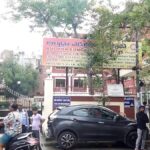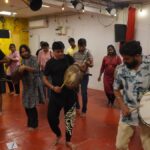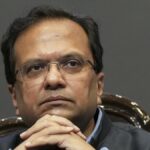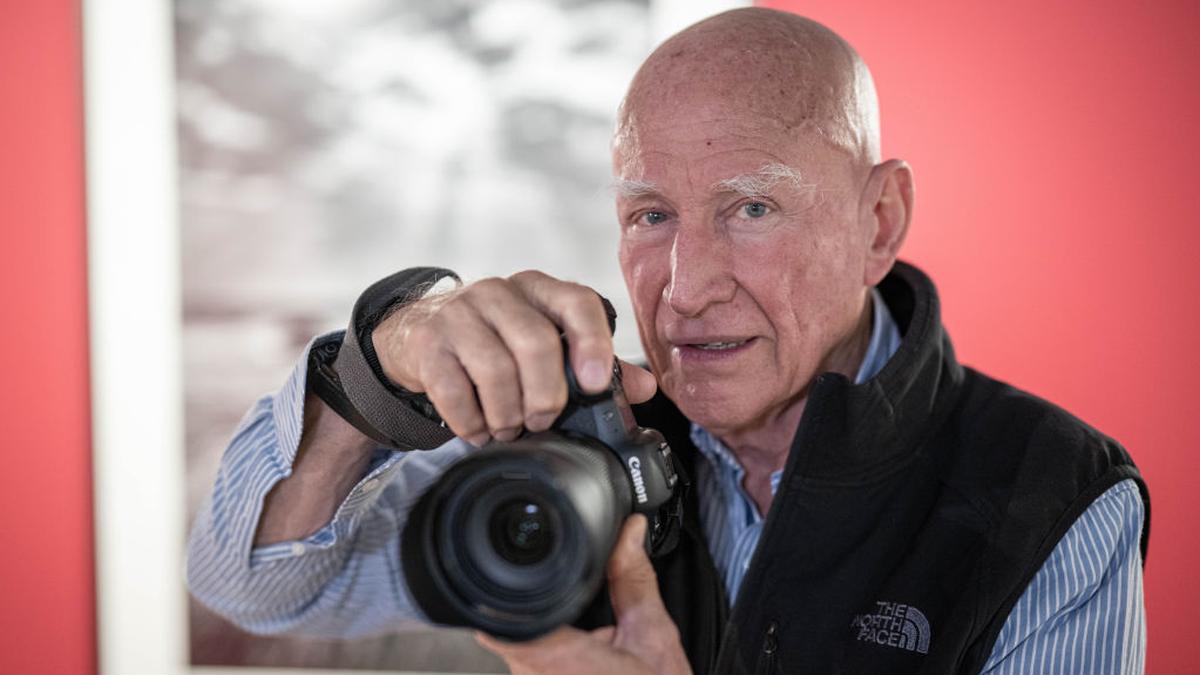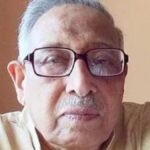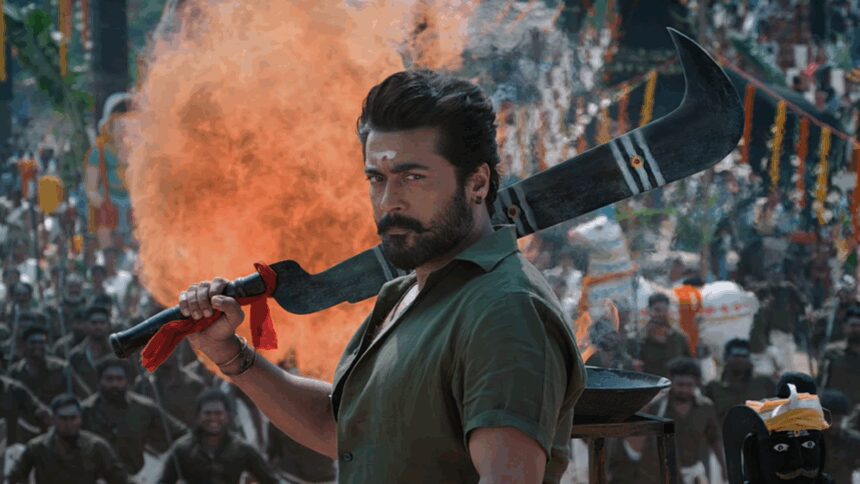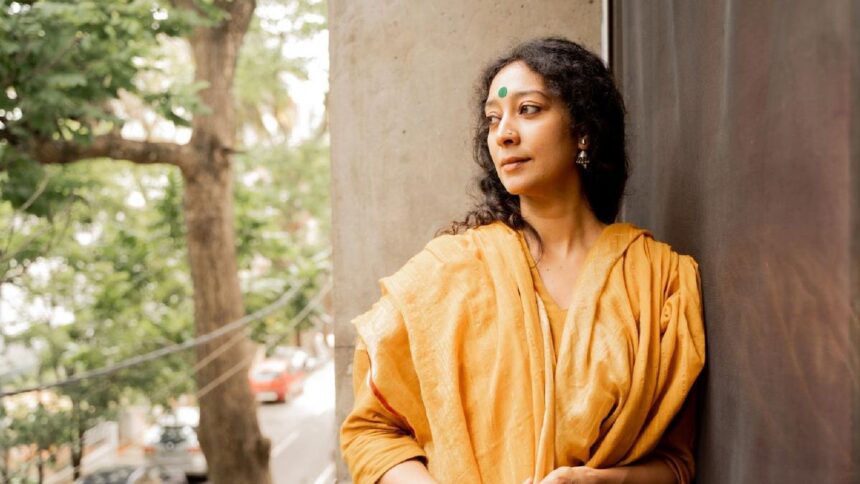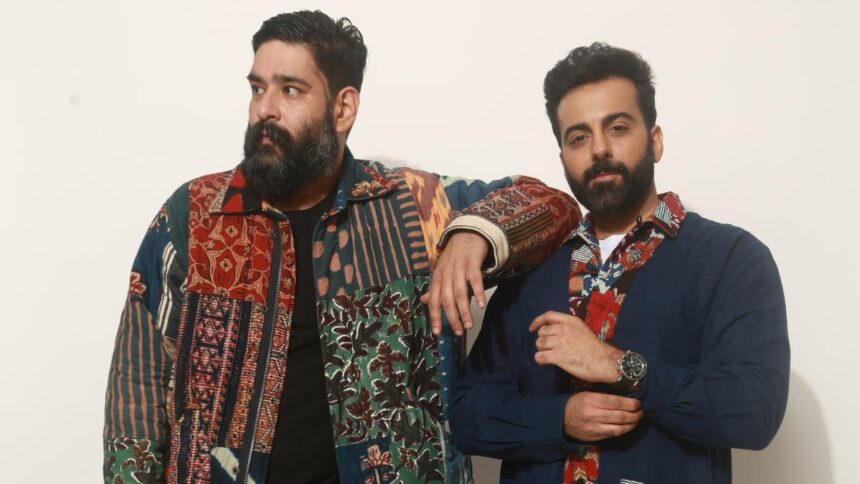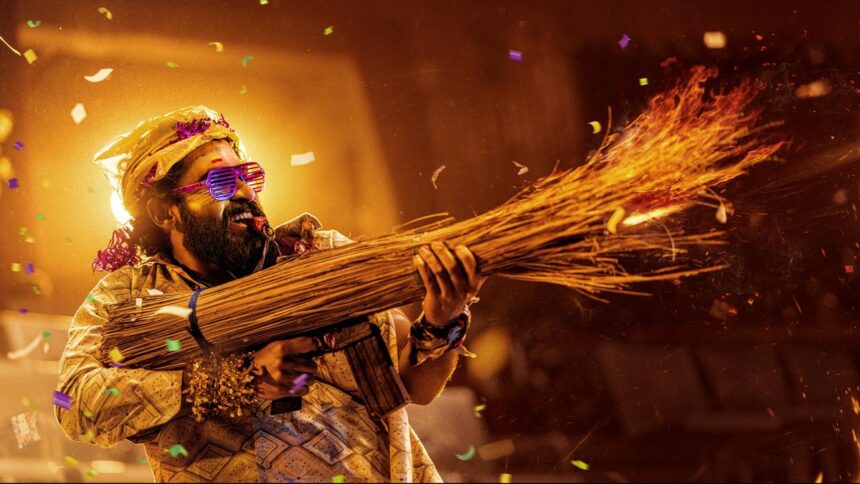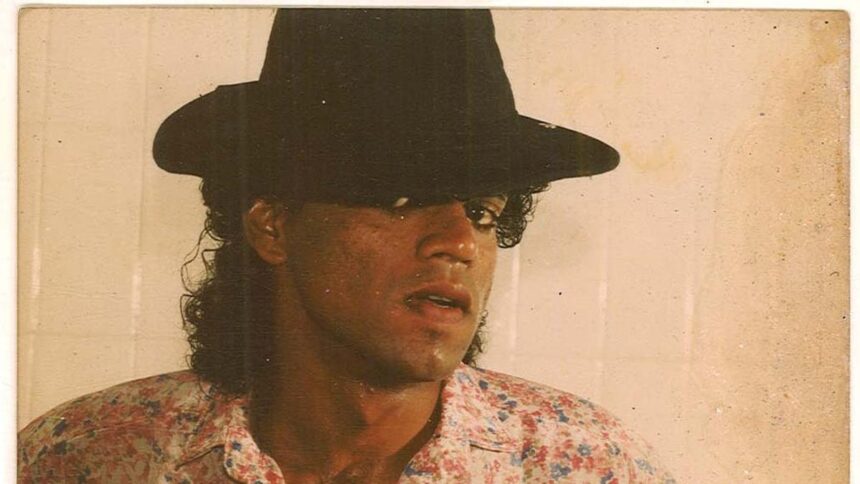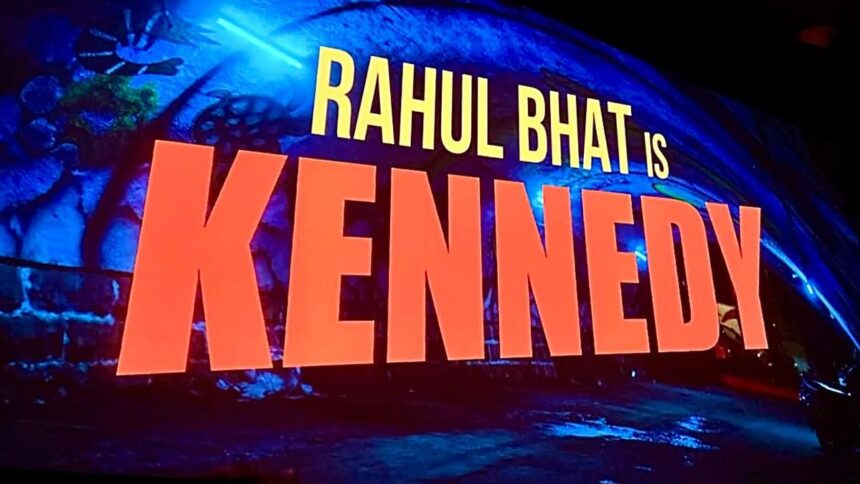In June 2022, I arrived in Paris for a conference. I landed a few days early and indulged in the usual delights — eating, walking, and visiting museums. A friend who lived and worked in the city was immensely generous in his hospitality and offered to show me around. One day, as I stepped out of the metro station, my attention was drawn to a bamboo structure in the middle of a fairly large public square, surrounded by towering buildings. The square was alive with activity — employees leaving work, travellers entering or exiting the metro station, families out for a stroll, and immigrants selling Paris-themed merchandise. The bamboo structure was an anomaly.
When I went closer, I saw the name Sebastião Salgado written in bold. My questions were partially answered and I slowly realised where I had accidentally arrived. I had almost forgotten that Paris was, after all, Salgado’s city, a place he called home after leaving Brazil in 1969 in protest against the military dictatorship.
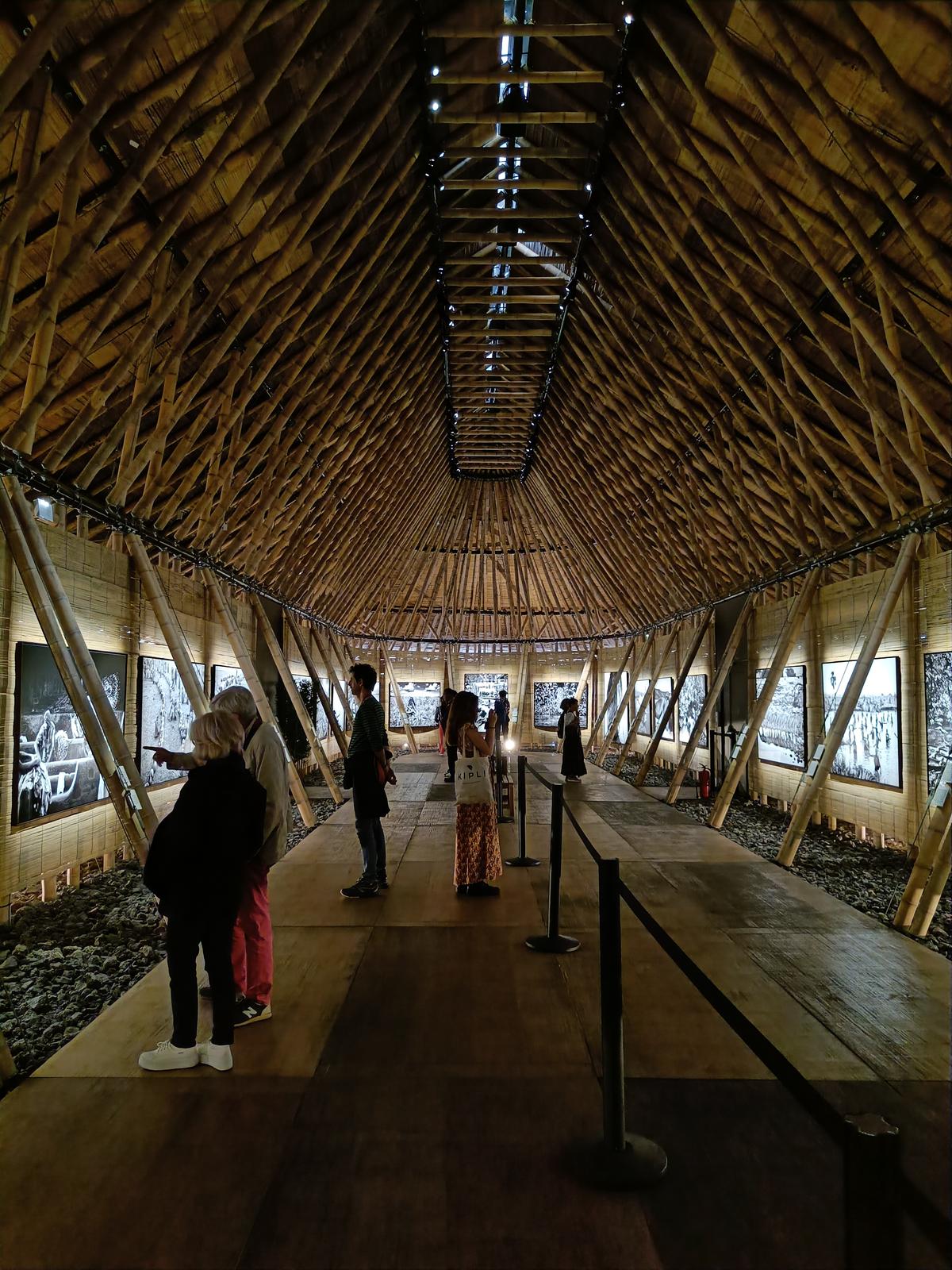
The pavilion with Sebastião Salgado’s exhibition in Paris.
| Photo Credit:
Kunal Ray
Economist turned photographer
Born on February 8, 1944, in Aimorés, Salgado earned a Ph.D in economics in Paris before becoming a full-time photographer. Celebrated for his black-and-white images of humanity and nature, he died of leukaemia in Paris on May 23, 2025, at the age of 81. He developed the illness after contracting a particular type of malaria in 2010. Salgado is survived by his wife, Lélia, their two sons, Juliano and Rodrigo, and two grandchildren, Flavio and Nara.
The story goes that Lélia gifted him his first camera. Salgado would later say that photography gradually “invaded’’ his life, eventually leading him to end his career in economics.
I was thrilled at the chance to see Salgado’s work up close. Until then, like many of his admirers in India, I had only seen his photographs in books or digital reproductions. In Paris, museum visits and exhibitions are usually booked months in advance. But here I was in the middle of nowhere, watching the work of one of the most well-known photographers in the world without any prior planning. Anybody who was interested could walk in. There were no long queues, just an entry ticket. It felt like a powerful example of art reaching out to people beyond the confines of elite institutions. And this is something that Salgado believed in.
Documenting nature and humanity
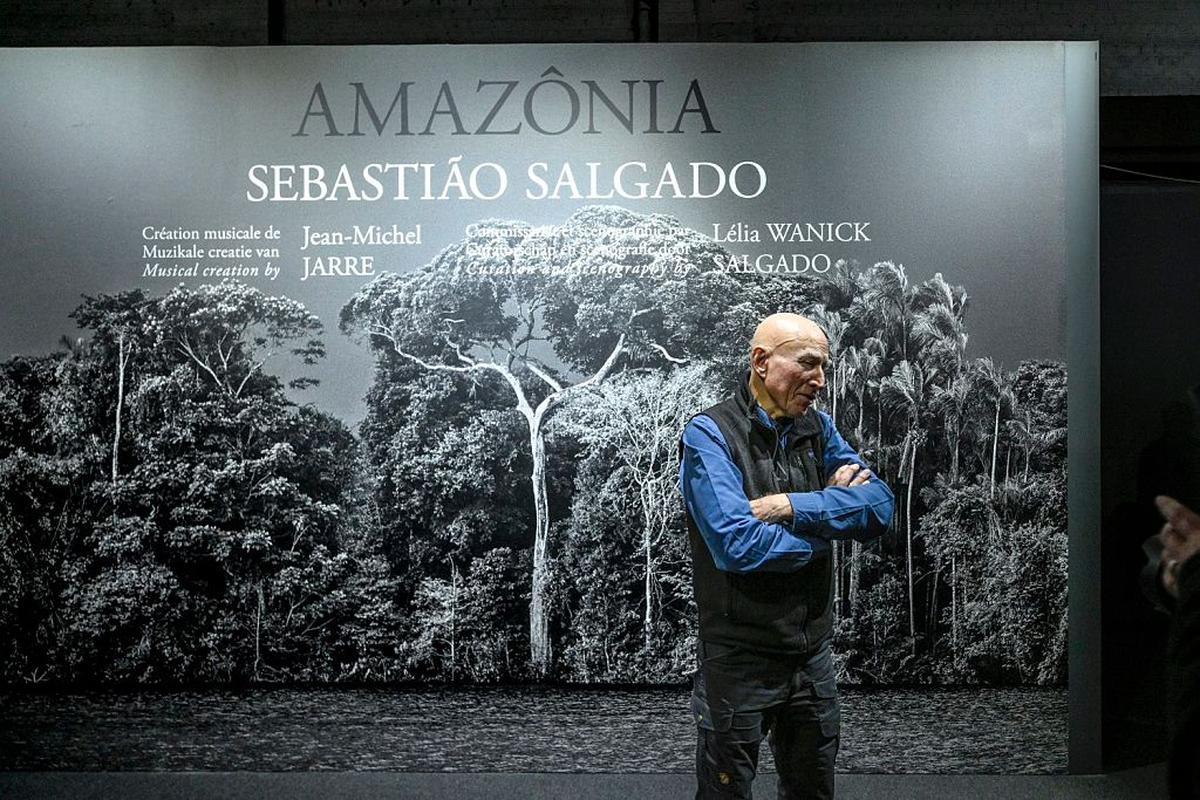
Sebastião Salgado at an exhibition of his Amazon photo series in Brussels, April 2025.
| Photo Credit:
Getty Images
Lest we forget, it was his frequent trips to Africa and Latin America during his stint as an economist at the International Coffee Organisation in London that turned him into a full-time photographer. He began photo-documenting coffee production in Africa and Latin America, and this made him leave his job, and become a freelance photographer with the photo agency, Sygma.
Social documentary was at the core of his practice. His largely black-and-white photographs captured a wide range of issues: economic adversities, the impact of climate change on mankind, shrinking natural habitats, among other socio-economic challenges plaguing the world. Critics often accused him of ‘aestheticising misery’. In an interview with The Guardian last year, he said, “Why should the poor world be uglier than the rich world?… I came from the third world… The pictures I took, I took from my side, from my world, from where I come.”
As I moved through the exhibition, the intention behind its design and curation became increasingly clear. The bamboo structure housing Salgado’s photographs had been designed by Colombian architects Simón Vélez and Stefana Simic, both renowned for their work in sustainable architecture. The exhibition itself was curated and designed by Salgado’s wife and long-time collaborator, Lélia.
Timeless monochromes
The central theme of the exhibition was water. As with his previous work, all the photographs were in black and white. This aesthetic echoed his other major projects, including his Amazon series and the large-scale reforestation initiative in Brazil, where he and Lélia oversaw the planting of more than 2.5 million trees on degraded land.
And there are many more — Workers (a series on manual labour), Migrations (on people displaced by socio-economic and environmental factors), Other Americas (lives of peasants in Latin America) and his photographs of gold mine workers in Brazil. Here was an artist who was a tireless commentator and documentarian. The Salt of the Earth (2014), a biographical documentary directed by Wim Wenders and Salgado’s son, Juliano Ribeiro Salgado, offers a beautiful portrait of the artist and his work.
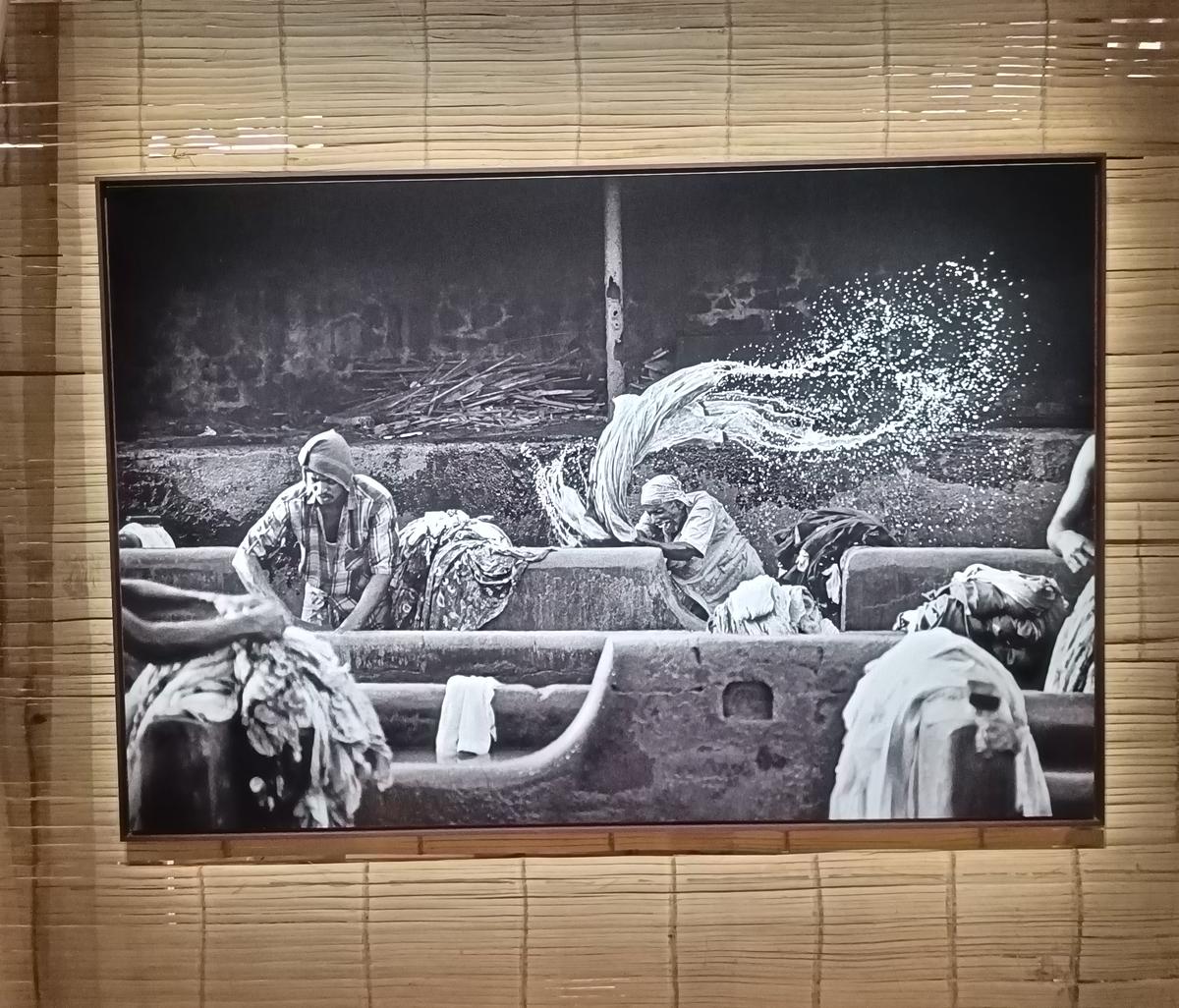
A Mumbai photograph by Salgado.
| Photo Credit:
Kunal Ray
The pavilion built to exhibit Salgado’s work was directly conversant with the photographs on display, evoking the need for ecological balance and preservation. There were photos from across the globe, with water as the central metaphor. India was prominently represented too, with scenes from Mumbai, Varanasi, Kolkata, and parts of Rajasthan. Standing there, surrounded by these powerful images in the heart of a foreign city, felt like a profoundly special moment.
I returned to the exhibition several times, lingering before each photograph to take in the intricate details — the people, the ecosystems, and the habitats that Salgado had so meticulously documented. His deep humanism radiated through every frame. With Salgado’s passing, the world has lost a great chronicler of our turbulent times. The truest tribute to his legacy is to embrace his message — one of compassion, conservation, and co-existence.
The writer is a critic and cultural commentator, and teaches at FLAME University, Pune.
Published – June 26, 2025 12:23 pm IST



